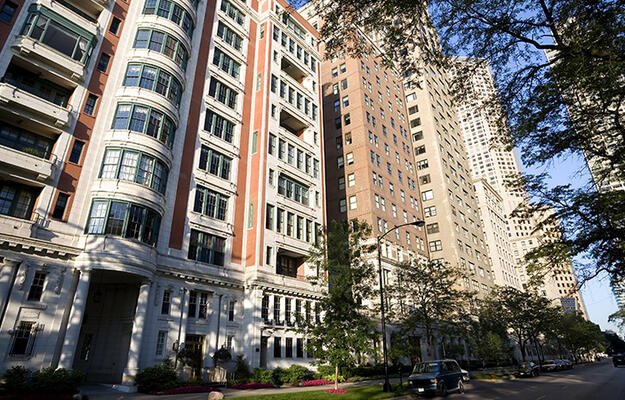
Nicholas Klein, Getty Images
Rent Control Policies in San Francisco May Increase Evictions
- Title:
-
The Effect of Rent Control Status on Eviction Filing Rates: Causal Evidence From San Francisco
- Author:
-
Max Gardner, Brian Asquith
- Source:
- Publication Date:
-
2024
In 1979, San Francisco passed the Residential Rent Stabilization and Arbitration Ordinance, which established rent control for all multiunit rental properties built before June 14, 1979, and codified a set of “just causes” as the only grounds for lawful eviction. In practice, this ordinance limits annual rent increases to a certain percentage based on the Consumer Price Index. However, in 1995, California passed the Costa-Hawkins Rental Housing Act, which added “vacancy decontrol” to all rent control programs, allowing landlords to return previously rent controlled units to market rates at the start of a new tenancy.
The interaction of these two policies has led to concerns that together, they may create incentives for landlords of rent-controlled properties to keep tenancies short and tenant turnover high, which would allow them to bypass some of the limits on rent increases for those units. To examine whether this dynamic occurs, the authors of this study examine the relationship between a building’s rent control status and building-level eviction rates.
The authors combine eviction records from the San Francisco Rent Board with annual parcel-level tax assessor records published by the City and County of San Francisco over the same period as the eviction notices to build a sample of both rent controlled and non–rent controlled buildings and their associated eviction filings from 2003 to 2013. They use the sharp cutoff date of June 14, 1979, to conduct four regression discontinuity analyses, comparing eviction filings between rent controlled and non–rent controlled buildings. Each model progressively controls for additional variables, such as property characteristics, like the number of units and assessed value, as well as neighborhood characteristics, like demographics and other fixed effects.
They find the rate of eviction filings and actual evictions is higher for rent controlled tenants than non-rent-controlled tenants.
Key findings
- After controlling for a number of property-specific and neighborhood characteristics, eviction filings for rent controlled tenants are approximately 1.27 times that of their non–rent controlled counterparts.
Policy implications
- The effects of rent control on eviction filing rates as measured in this study are not inherent to rent control as a policy but represent a failure of the existing rent ordinance to adequately protect tenants from the incentive to evict that exists under vacancy decontrol.
- Although previous research on rent control suggests it’s an effective antidisplacement measure, state-level policy has undermined its effectiveness in San Francisco.
- While rent control may help save costs for tenants in those units, even a small increase in the chance of an eviction is a concern. Evictions can have severe short- and long-term consequences that make it difficult to capture the true cost of rent control–induced eviction to rent controlled tenants.
- Cities can enact targeted eviction protections aimed at decoupling the eviction process from rent control avoidance. For example, San Francisco policymakers could negotiate with the state legislature to have the use of breach-of-lease type evictions disqualify a property owner from taking advantage of vacancy decontrol at the start of their next lease.


